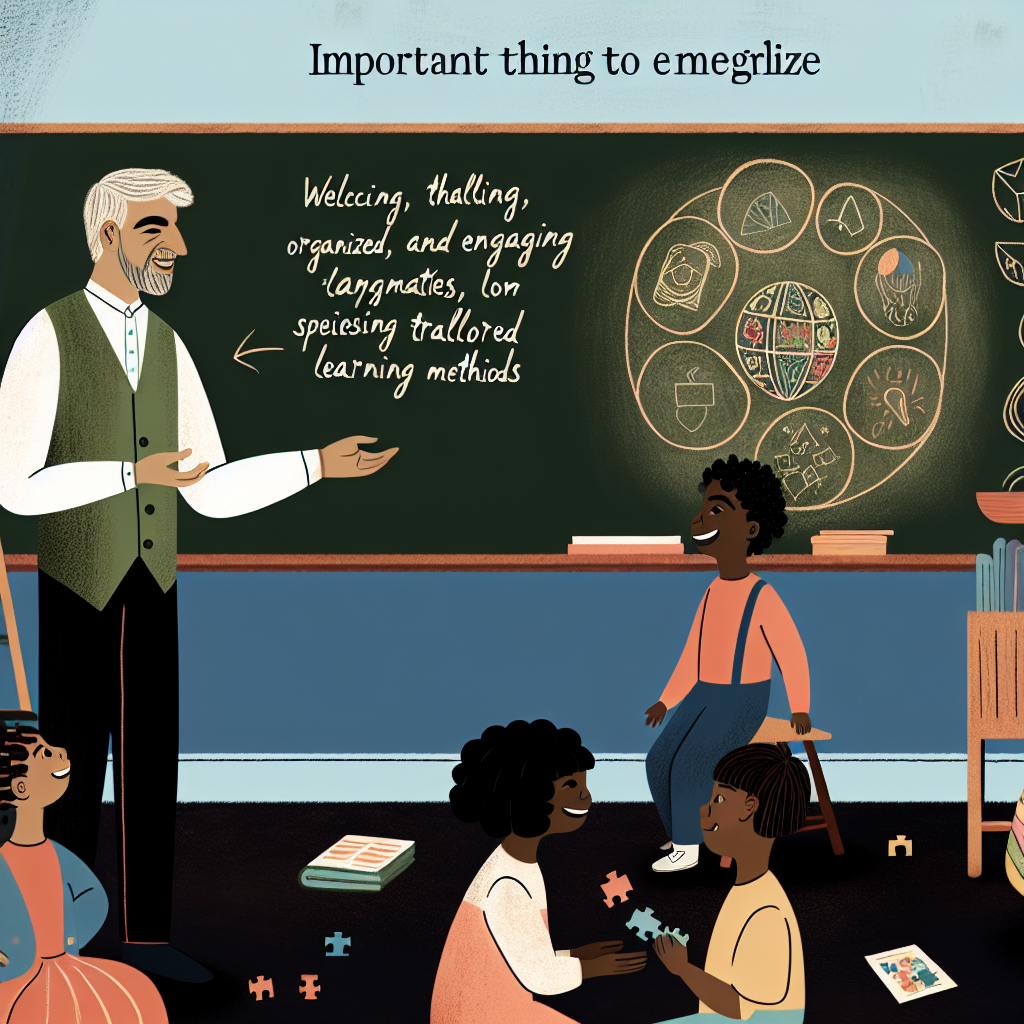Accelerated Auditory Matching: A New Approach for Early Intervention
Introduction
Auditory matching is a fundamental skill in language development, allowing children to recognize and produce sounds accurately. For children with developmental delays, difficulties in auditory discrimination can lead to challenges in verbal communication. Early intervention is crucial in addressing these gaps and improving language outcomes.
A recent study by Sun, Sun, Farrell, and Nuzzolo (2024) explores an accelerated auditory matching protocol designed to help young children improve their speech sound discrimination skills. The findings suggest that this new approach may provide a more efficient and effective way to enhance verbal behavior in early intervention settings.
This post will break down the study, explain why auditory matching is important, and discuss how behavior analysts can apply these strategies in practice.
What Is Auditory Matching and Why Does It Matter?
Auditory matching is the ability to distinguish between sounds and reproduce them accurately. It plays a crucial role in early speech development, particularly in echoic behavior, which refers to repeating what is heard. Echoic responses can be classified as:
- Full Echoics – The child correctly repeats the word or sound completely.
- Partial Echoics – The child attempts to repeat the sound but does not produce an exact match.
- Incorrect Responses – The child either does not respond or produces a completely different sound.
For children with language delays, struggles with auditory discrimination can hinder verbal development, leading to difficulties in communication. Traditional speech therapy frequently focuses on articulation training; however, this study builds upon B.F. Skinner’s Verbal Behavior (1957) by emphasizing auditory discrimination training as a prerequisite to spoken language.
Study Overview
Participants and Setting
The study focused on:
- Five toddlers (ages 27-36 months) receiving early intervention (EI) services.
- Four males and one female diagnosed with developmental delays.
- Sessions conducted in early childhood classrooms and hallways to mimic everyday environments.
Methodology
To assess the impact of the accelerated auditory matching protocol, the researchers used:
- An iPad-based “Sounds the Same” app to present auditory discrimination exercises.
- A multiple probe design across participants to evaluate intervention effects.
- Direct observation to track the number of full echoics, partial echoics, and incorrect responses.
The Accelerated Auditory Matching Protocol
This protocol was structured into two main phases:
- Basic Phases (8 Levels): Focused on fundamental auditory discrimination skills.
- Advanced Phases (13 Levels): Increased complexity and introduced speech-sound blends.
The intervention used reinforcement strategies to encourage correct responses, and learn units (LUs) were employed to track student mastery over time. Unlike traditional methods, the accelerated protocol adjusted mastery criteria to help children progress more efficiently.
Key Findings
1. Improvement in Full Echoic Responses
Four out of five participants showed significant gains in full echoics, meaning they were able to accurately repeat the sounds they heard.
2. Reduction in Incorrect Responses
After completing the intervention, most participants made fewer errors when responding to auditory prompts.
3. Faster Learning Compared to Traditional Methods
The accelerated protocol required fewer total learning units while still leading to mastery, suggesting a more efficient learning process.
However, one participant showed minimal progress, highlighting individual variability in response to intervention. Factors such as additional speech therapy and sensory sensitivities may have influenced outcomes.
Implications for ABA and Early Intervention
How Behavior Analysts Can Apply These Findings
This study suggests that using an auditory matching protocol can help children with developmental delays improve their language skills more efficiently. ABA professionals working in early intervention, verbal behavior therapy, and speech-language pathology can apply these strategies by:
- Incorporating auditory discrimination tasks in language-building interventions.
- Using technology (like the iPad app) to enhance engagement and tracking progress.
- Adapting reinforcement strategies based on individual learner needs.
Future Research Directions
While this study provides promising results, additional research could explore:
- Whether generalization occurs (do skills transfer beyond the training setting?).
- The long-term effects of auditory matching interventions on overall speech development.
- The role of individual learner characteristics in treatment success.
Final Thoughts
The results of Sun et al.’s (2024) study highlight that enhancing auditory matching skills can improve echoic behavior in early intervention students. By refining auditory discrimination techniques, behavior analysts can help children with language delays develop stronger verbal skills in a more time-efficient manner.
For those interested in learning more about the research, the full study is available here:
By integrating these findings into ABA practices, we can take another step forward in helping young learners strengthen their communication abilities.



